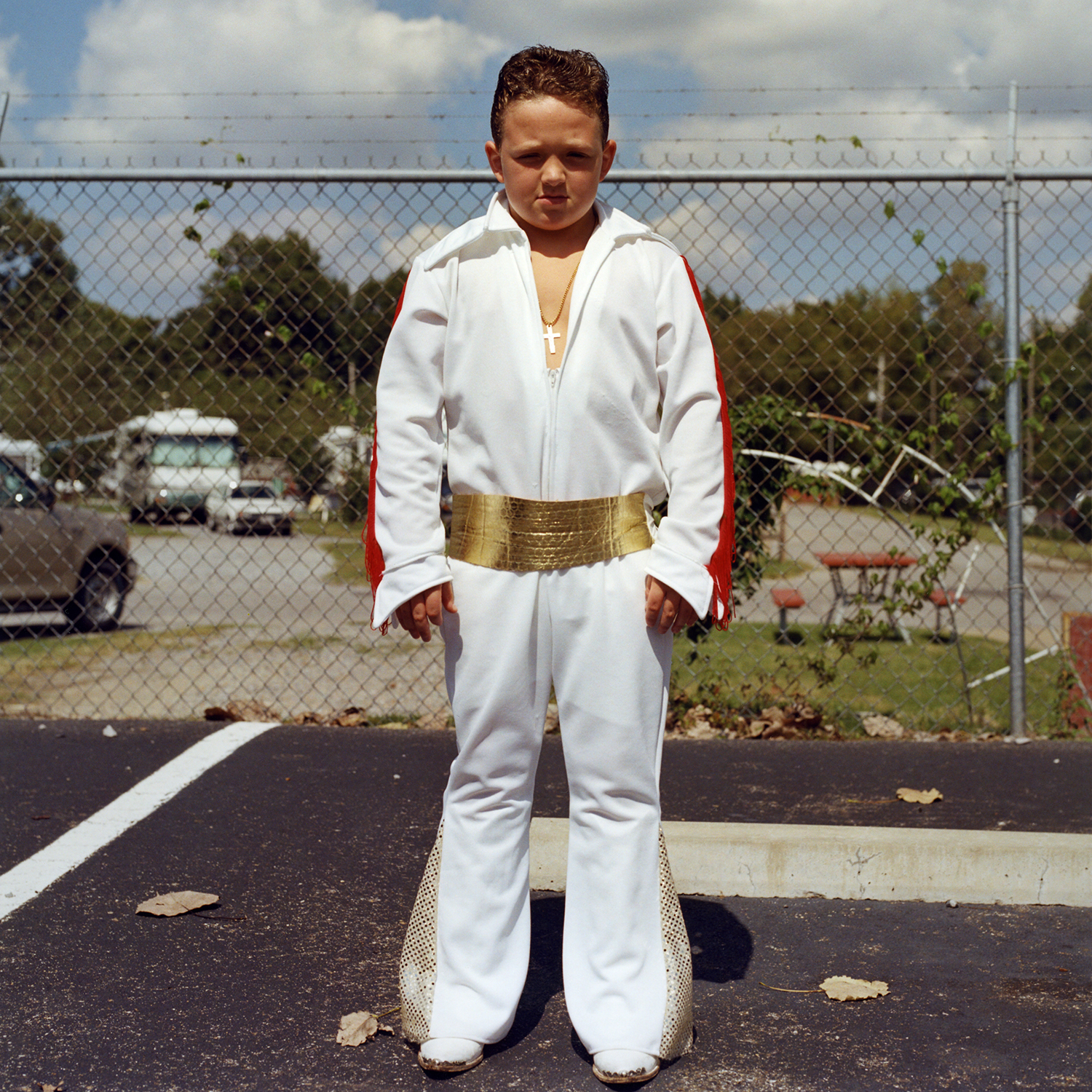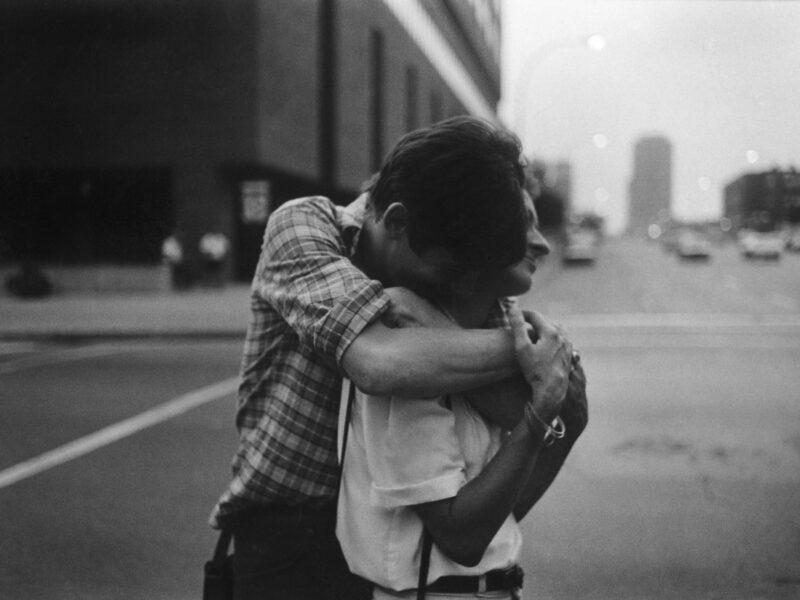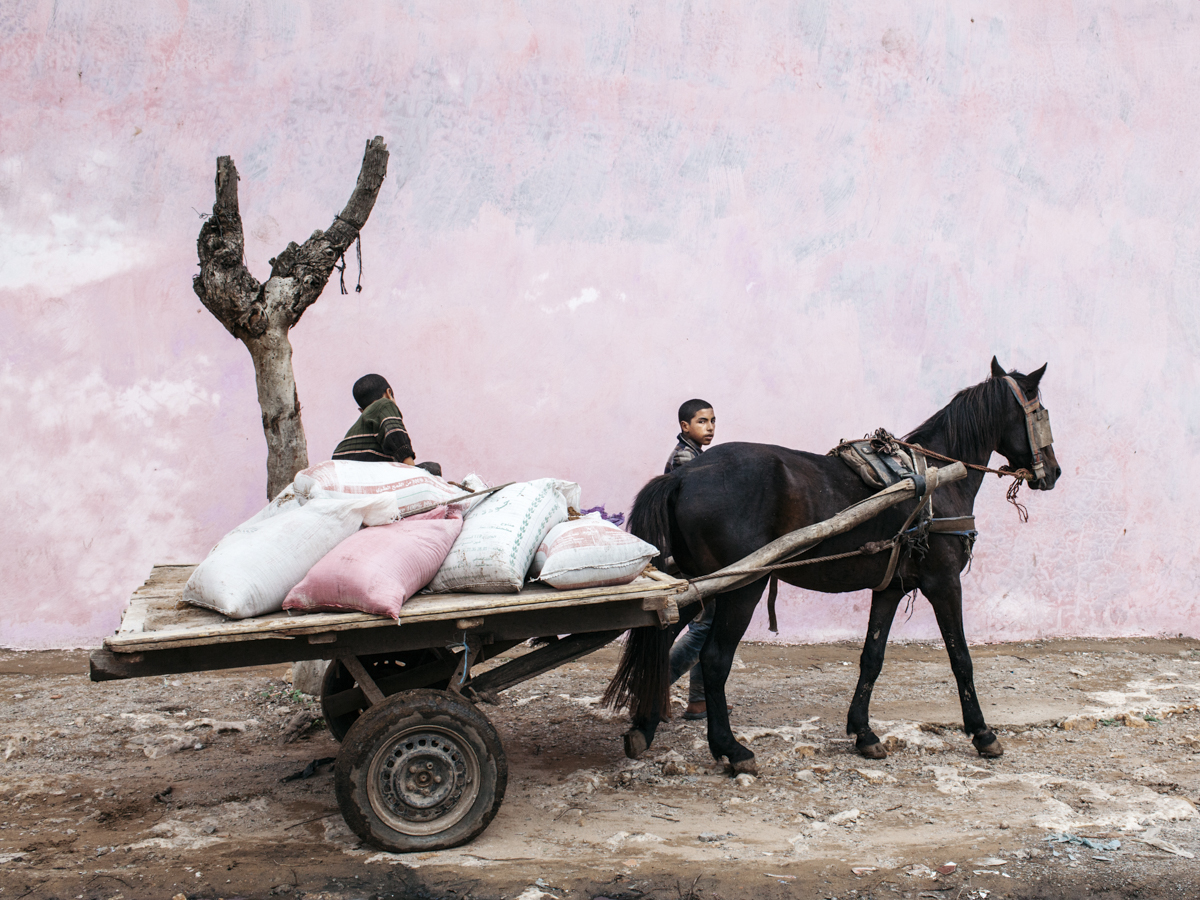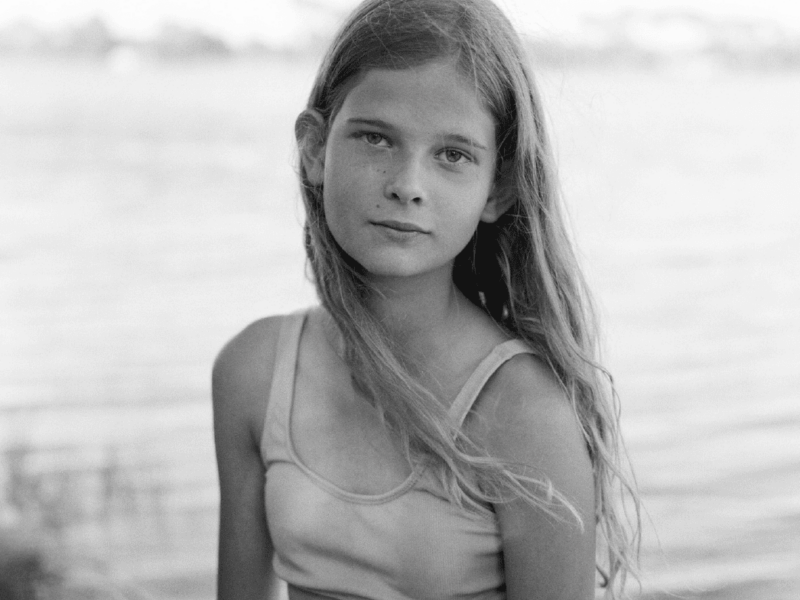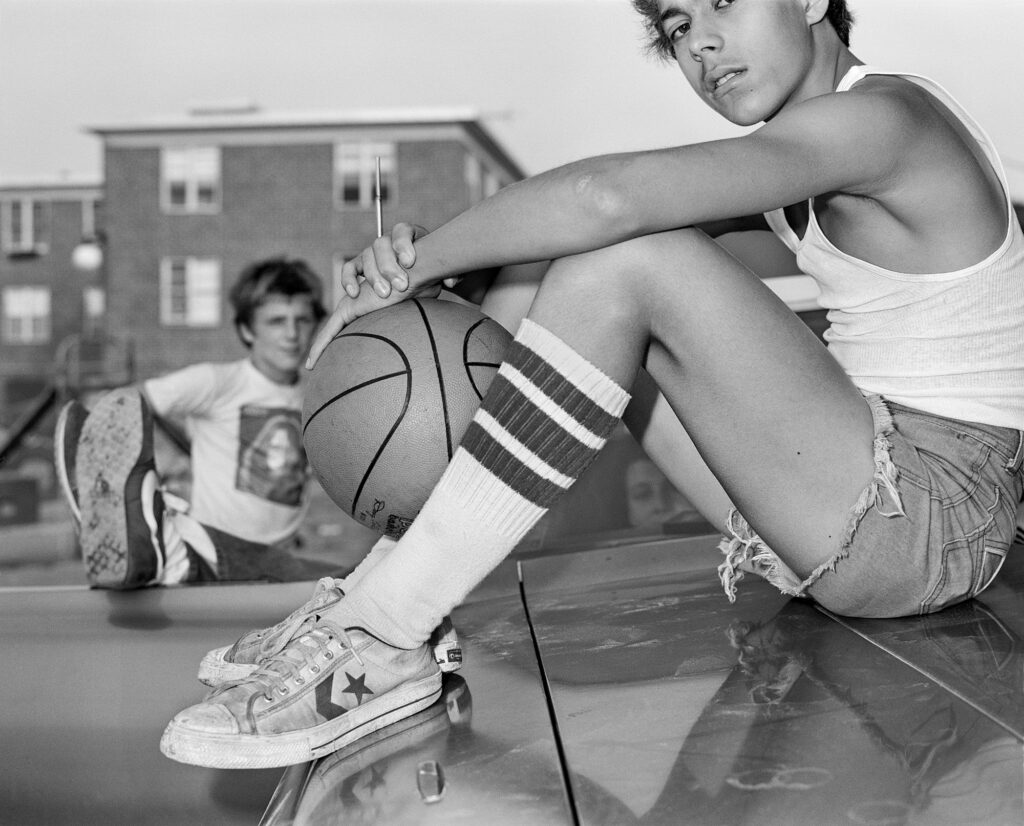
What type of photography did you do with the Leica at the very beginning, before this project?
While an undergraduate student at (then) the Massachusetts College of Art in Boston (now MassArt) I was preoccupied with gesture and timing. Camera in hand, walking, looking, trying to anticipate where to be and when to release the shutter to best resolve the picture. I was aping Cartier-Bresson without the understanding but, I was learning how to interact with the world around me as a photographer.

Why did you decide to use a large format camera?
A man who did not want to be photographed was angry and chased me after I made a picture facing in his direction. He fell and hit his head on the concrete sidewalk. I decided after that incident to change my approach and make portraits. It was not an act of contrition; simply a matter of trying to avoid that again. That meant a change of tools. The camera I chose was a Linhof Press 23 which is a 6x7cm format. It’s an unusual looking camera and I think, in the day, somewhat of a curiosity as 35mm SLR’s were the common models. It held people’s attention especially when a flash bulb fired along side it.

Were you a pro photographer at the time? What was your approach and organization?
I was a student. No studio. I worked part-time as a messenger, on foot. Walked downtown delivering documents with my camera by day. I worked and scouted on the job and worked wherever I could on days off. At night I parked cars or made prints. I was 27, recently divorced, Vietnam vet enrolled in art school.

Can you tell me more about your way at that time to make pictures? the way you approached people, what you said and how you managed the camera in the street?
On foot. The camera was always hand-held (no tripod) in use. Nice ergonomic grip. I kept the camera in an unassuming, disheveled, canvas army bag, over the shoulder; unassuming. I remember the shoulder strap was duct-taped and frayed.
I studied for a short period (3 semesters before art school) in a social work program at a community college. I would say my demeanor was not particularly intimidating or threatening; perhaps inquisitive, and I was able enough to convey my interest in photography and making portraits. That’s perhaps the main point I would make; they know if you are honest. Once the camera was out it became about the frame and perhaps the direction of light, lens proximity, moment etc. Picture making problems, as they say!
I don’t recall specific conversations; I’m sure there were in each instance communication lasting a few seconds to perhaps moments. I’d introduce myself (art-student status always helped), ask permission, perhaps ask them to turn towards the light or do something for the picture, or somehow direct their attention by moving the camera around.

Did you develop it yourself? Can you tell us more about your process and routine?
Home made darkroom in apt.. Gutted the kitchenette, built a sink with a friend’s help. Developed film and made prints at night. Quick turn-around; I would see the day’s work that night, or the next night. All black and white. Tried not to think too much about good or bad. Instead, I tried to see each frame related to the other in some way leading to an understanding. What was I doing? Was it timing, framing, proximity, lighting, or what? I believed my contact sheets taught me the most. I would look at how I behaved with the camera. What I did to make certain things in the picture happen, etc.. What the camera gave me (learned to love surprises). I did not feel like I could, or wanted to, control the subject. It was all I could do to make the picture work. They were mostly on their own.


What did you want to do with this work? Did you think about an exhibition or a book?
I suppose all ambitious student artists want exhibitions and books, I certainly did. The one real purpose this work served at the time was getting into the graduate program in photography at Yale. After that, I put it down, occasionally glancing at a few in a box. This book is indeed a long-forgotten dream. I have friend’s encouragement and help to thank for that. It has yet to be exhibited.

What are your influences in photography?
I consider Tod Papageorge my teacher to this day. Nick Nixon and Gus Kayafas were also among the ones with whom I studied with at that time. And I had classes with both Steven Shore and Jan Grover and I assisted Paul McDonough in a class. I assisted the late, great, Richard Benson in a class once too. Among other things, he taught me to love the object. I remember he announced to the class the first day everyone got a « B » whether he saw them again or not. I was stunned and asked him why. He told me he didn’t want to bother with anyone who did not want to be there. It was a teaching lesson!
My work broadly, not just the portraits, points to many other’s; Arbus, Sander, and Evans. Levitt, Frank, Cartier-Bresson, Lange, Friedlander and Winogrand are some of my recuring influences. They’re lots of others too. Did I forget Eggleston? Nooo.


What made you start photography? What triggered you to realize that photography would be your medium of expression?
I was 19 in Vietnam. A friend showed me a 35mm camera he had just bought and a close-up picture of a parrot in sunlight he made with it. I went soon after and got one. Stationed in Darmstadt Germany following Vietnam, there was a darkroom on base. There I learned basics of developing and printing. Rollie was the tech’s name. I don’t remember a time not making photographs, other than covid, since.
Jim Dow, who was a guest critic at one of my earliest final reviews at MassArt pointed me away from « self-expression » as a preoccupation. He also invited me to his house and showed me a selection of Walker Even’s work he had printed. I spent hours looking at twenty or so pictures while he raked his leaves. Instead of self-absorption (which it was then), the « expression » became just an unavoidable aspect of working as my attention turned outward. How can you not express yourself when you point a camera at something or someone? It’s a choice that reflects on the maker.


How was the contact with your publisher Stanley / Barker?
Fantastic. Both Tod Papageorge and Mark Steinmetz helped me with the introduction. The process has been very smooth and positive. I hope to meet them one day and work together again. Mark Steinmetz and Alice Rose George (RIP) both helped me with early edits. I believe it was Alice’s last editing project, unfortunately. Rachel and Gregory further helped with the edit and sequence. S/B took care of the layout and design.

What is your top 5 photo book?
These are my most worn books:
« Diane Arbus » (Aperture monograph)
August Sander « Men Without Masks »
Robert Frank « The Americans »
Cartier-Bresson « Decisive Moment »
Helen Levitt « A Way of Seeing »
William Eggleston’s Guide
Interview by Kalel Koven
Photographer’s Links: Website
Photo Book – Mike Smith – « Streets of Boston » published by Stanley / Barker

